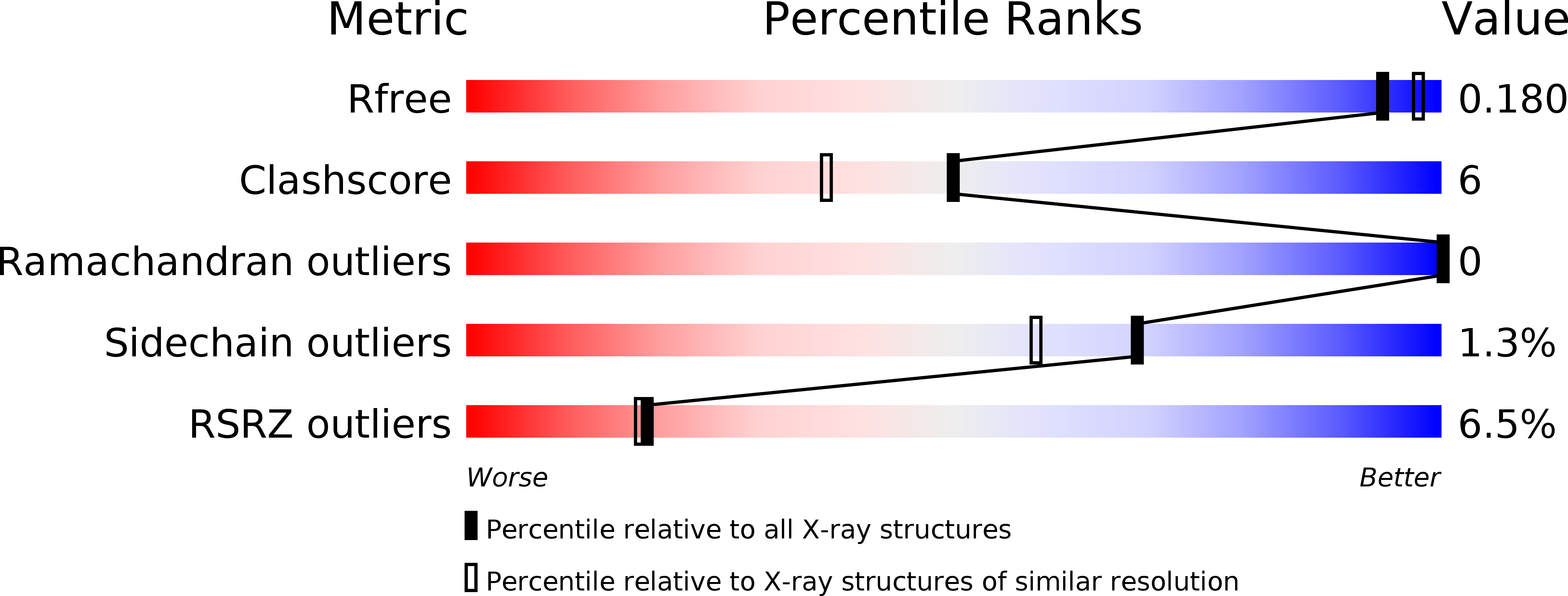
Deposition Date
2012-02-06
Release Date
2012-02-22
Last Version Date
2024-10-09
Entry Detail
PDB ID:
4DLQ
Keywords:
Title:
Crystal structure of the GAIN and HormR domains of CIRL 1/Latrophilin 1 (CL1)
Biological Source:
Source Organism:
Rattus norvegicus (Taxon ID: 10116)
Host Organism:
Method Details:
Experimental Method:
Resolution:
1.85 Å
R-Value Free:
0.18
R-Value Work:
0.16
R-Value Observed:
0.16
Space Group:
P 31 2 1


